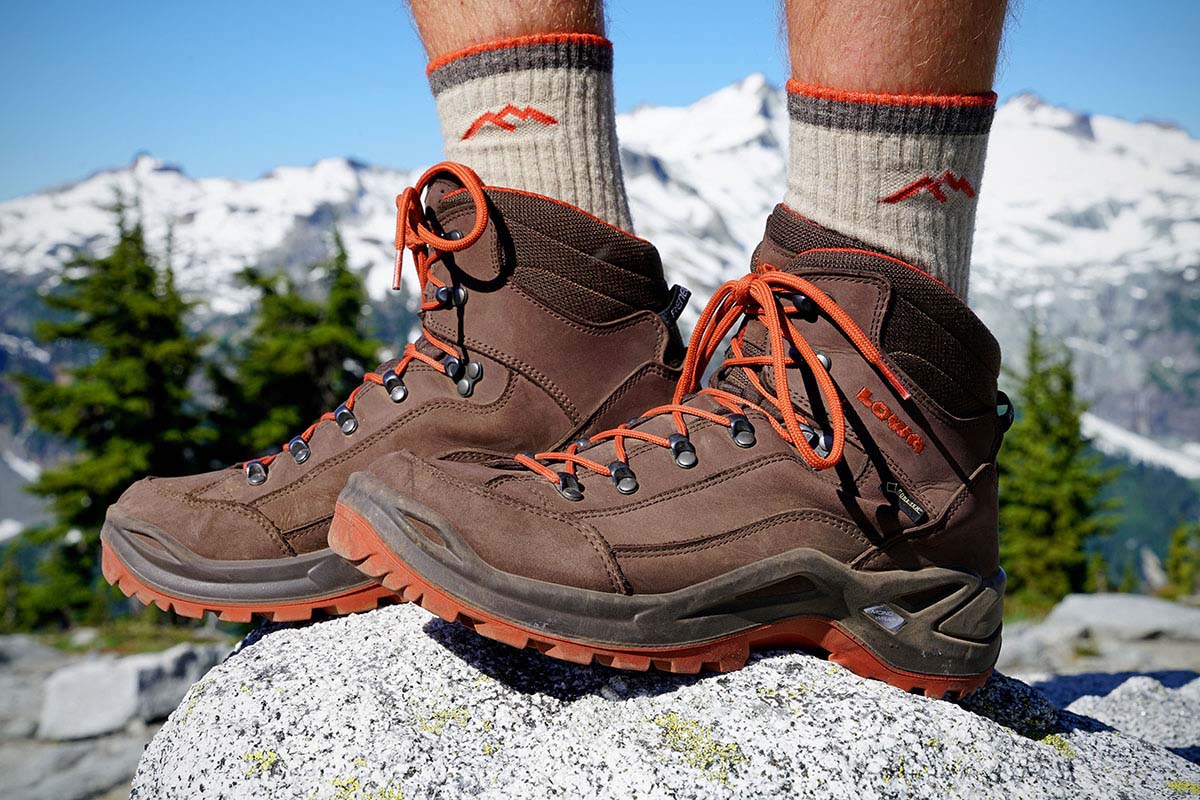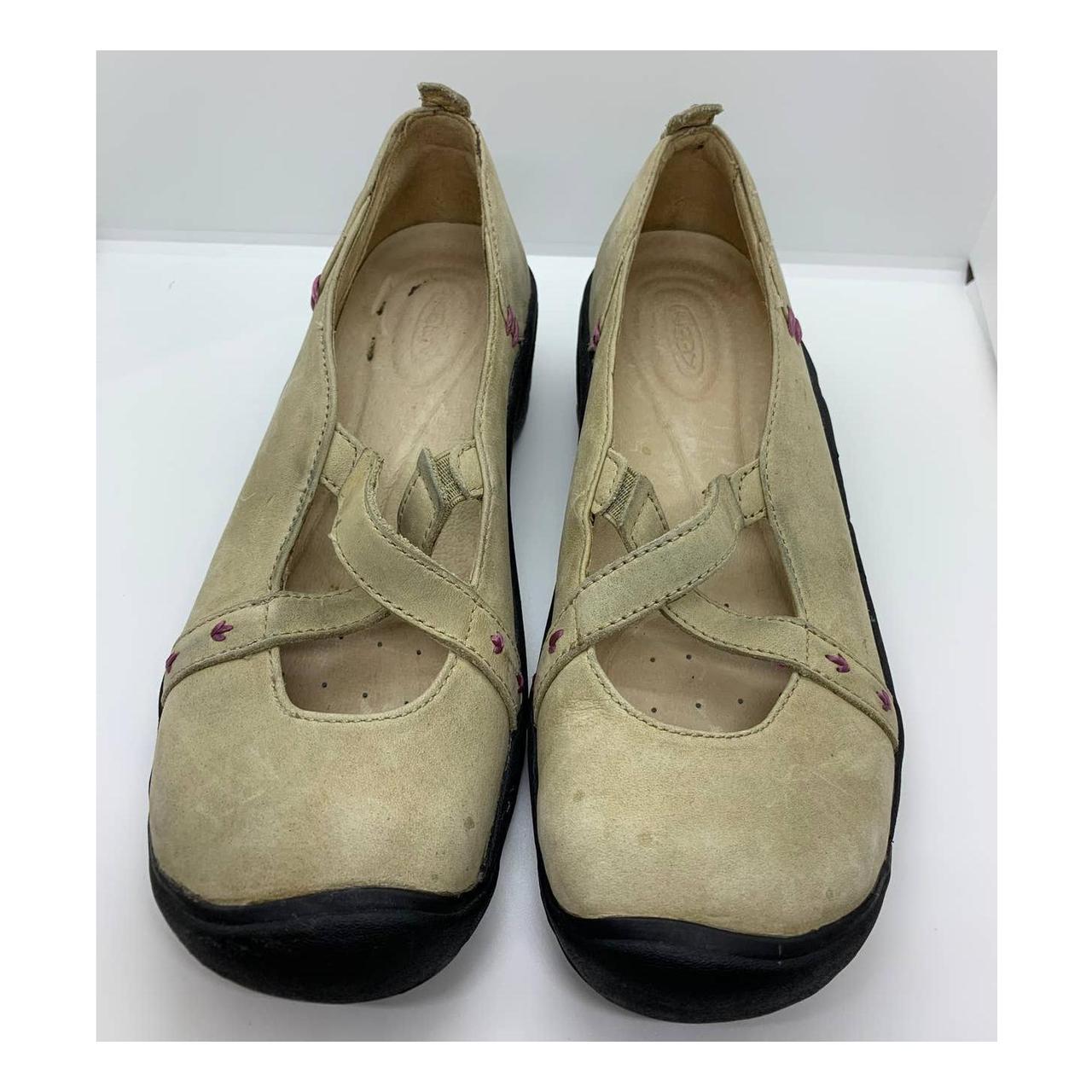5 Tips Mid Hike Boots

When venturing into the great outdoors, having the right footwear can make all the difference between a comfortable, enjoyable journey and a miserable, painful one. Mid-hike boots, with their balance of ankle support and flexibility, are a popular choice for many hikers and outdoor enthusiasts. However, to get the most out of your mid-hike boots and ensure your hiking trip is a success, there are several tips you should consider:
1. Choose the Right Size and Fit
Selecting the right size and fit for your mid-hike boots is crucial. Boots that are too tight can lead to blisters and discomfort, while boots that are too loose can cause your feet to slip around, potentially leading to falls. It’s often recommended to try on boots at the end of the day, as feet tend to swell throughout the day. Also, wear the same type of socks you plan to wear during your hikes to ensure the best fit. Consider visiting a specialty outdoor store where staff can help you find the perfect fit and advise on the best models for your hiking plans.
2. Break Them In
Mid-hike boots, especially those made from leather, need to be broken in before your big hike. Wearing them around the house, on short walks, or doing light outdoor activities can help soften the material and mold the boots to your feet. This process can significantly reduce the risk of blisters and discomfort during your longer hikes. It’s also a good idea to apply waterproofing treatments to your boots during this time to protect them from the elements.
3. Maintain Your Boots
The longevity and performance of your mid-hike boots depend on how well you maintain them. Regularly cleaning your boots with a soft brush and mild soap can prevent dirt from damaging the materials. For leather boots, using a leather conditioner can keep the material supple and resistant to water. Additionally, applying a waterproof coating periodically can help protect your boots from rain and damp conditions. Drying your boots properly after they get wet is also crucial; remove the insoles, stuff the boots with newspaper, and let them air dry away from direct heat.
4. Use Orthotics and Insoles
For some hikers, adding custom orthotics or aftermarket insoles can significantly enhance the comfort and support provided by their mid-hike boots. Orthotics can help correct issues such as flat feet or high arches, reducing the risk of pain and injury during hikes. Insoles can also provide extra cushioning and support. If you’re considering using orthotics or insoles, it’s a good idea to consult with a professional to get the best fit and advice for your specific needs.
5. Consider the Terrain and Weather
The type of terrain you’ll be hiking on and the weather conditions you expect to encounter should influence your choice of mid-hike boots. For example, if you’ll be hiking in wet or muddy conditions, look for boots with a waterproof and breathable membrane, such as Gore-Tex. For rocky or slippery terrain, boots with aggressive tread patterns can provide better stability. In colder conditions, insulated boots can keep your feet warm, while in hotter conditions, more breathable materials can help keep your feet cool. Always check the weather forecast before your hike and adjust your gear accordingly.
Conclusion
Mid-hike boots can be a fantastic choice for hikers looking for a balance between support and mobility. By choosing the right size, breaking them in properly, maintaining them well, considering the use of orthotics or insoles, and selecting boots appropriate for your terrain and weather conditions, you can ensure your hiking experiences are enjoyable and safe. Whether you’re a seasoned hiker or just starting out, taking the time to get to know your boots and how to use them to their fullest potential can make a significant difference in your outdoor adventures.
FAQ Section
How do I know if my mid-hike boots fit properly?
+To ensure your mid-hike boots fit properly, try them on at the end of the day, wear the same type of socks you plan to hike in, and make sure there's about a half-inch of space between your longest toe and the boot's end. Your heel should fit snugly in the boot, and you should be able to wiggle your toes slightly.
Can I use mid-hike boots for backpacking trips?
+While mid-hike boots can be suitable for lighter backpacking trips, they might not provide enough support for heavier packs or more rugged terrain. For more demanding backpacking trips, consider high-cut hiking boots or backpacking boots that offer additional ankle support and stability.
How often should I waterproof my mid-hike boots?
+The frequency at which you should waterproof your mid-hike boots depends on how often you use them and the conditions you're in. As a general rule, apply a waterproofing treatment after every few hikes, especially if you've been in wet conditions. Always refer to the manufacturer's instructions for the best practices on caring for your specific boots.
By following these tips and considering your specific hiking needs, you can maximize your hiking experience with mid-hike boots that provide the right balance of support, comfort, and durability. Whether exploring new trails or revisiting old favorites, the right footwear can make every hike a success.



